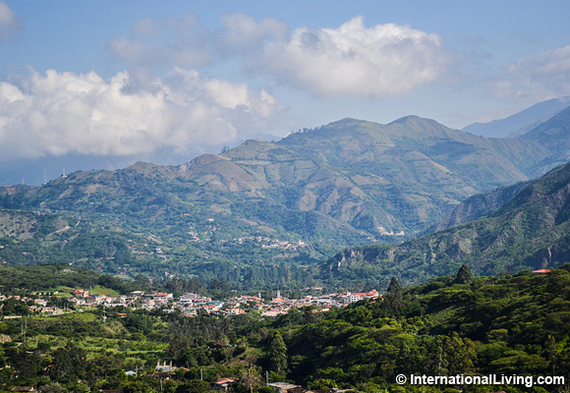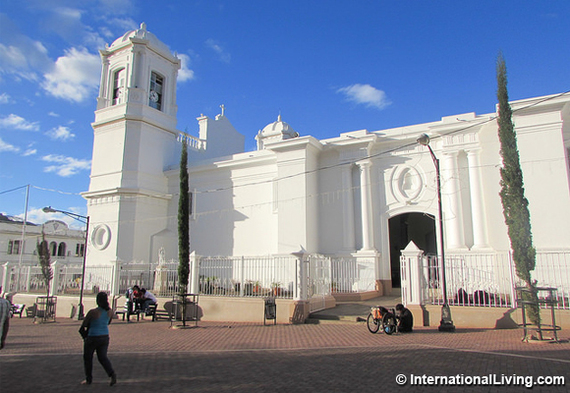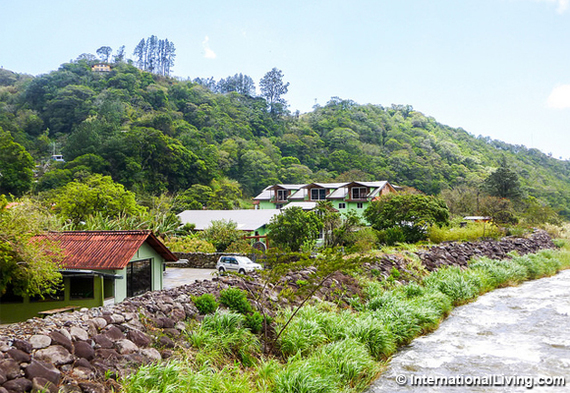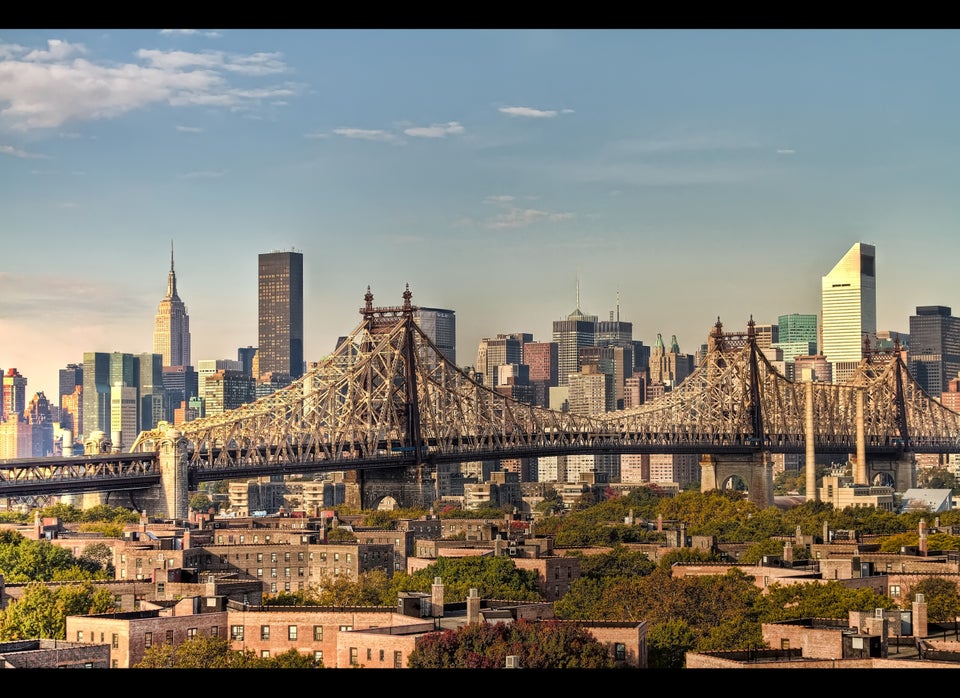"I'll tell you something.... You won't find better weather anywhere in the world than this," a friend of ours said as he was leaving after visiting us in Ecuador.
Morning View of Vilcabamba, Ecuador
He's right about that. Ecuador, after all, is named for the equator that runs through it. The word equator comes from Latin and refers to the "equalizer" of day and night.
Not only do we have almost perfectly equal days with 12 hours of daylight and 12 hours of nighttime every day of the year, but we also enjoy a day-in, day-out temperate climate.
Living right on the equator but with elevations ranging from sea level to 14,000 feet above sea level, you'll find a rainy season and a dry season in Ecuador and that's it.
This also makes for a year-round growing cycle for a huge variety of healthy fruits and vegetables. From avocados to zapotes, Ecuador has it all. (A zapote, sometimes spelled sapote, is a small brown vitamin-C-rich fruit with an orange fleshy interior, especially tasty in fruit shakes and ice cream.)
Ecuador isn't the only country in the "tropics" (the area on the globe between the Tropic of Cancer at 23.4 degrees to the north and the Tropic of Capricorn 23.4 degrees to the south of the equator) to enjoy a temperate climate.
Iglesia Catedral San Pedro in Matagalpa, Nicaragua
Colombia--Ecuador's neighbor to the north--enjoys a similarly spectacular climate and year-round growing season...just one reason Colombia is quickly emerging as a popular overseas retirement destination. (That and the fact that a strong dollar to peso conversion makes it extremely affordable right now.)
Other countries in the tropics that have much to offer foreign retirees include Peru, Panama, Costa Rica, Nicaragua, Belize and Mexico. (There are many others, of course, but these in particular--in addition to great weather--offer an attractive combination of political stability and general safety, good infrastructure, excellent health care, and overall affordability.)
Every day, we thank our lucky stars to be living in a place that checks just about every box on a retiree's wish list, including an ideal climate. It really does make all difference in the world when it comes to quality of life.
Here's the key, though: The mountain areas of the tropics is where you need to live to enjoy the premium benefits of the climate. Look to the highlands of Panama--and in particular the communities of Boquete and Volcan--and the Central Valley of Costa Rica...the town of Matagalpa in Nicaragua...
In Mexico, you're spoiled for choice, from gorgeous San Cristobal de las Casas in the southern part of the country to Oaxaca and Puebla in the center and the pretty colonial cities of San Miguel de Allende and Guanajuato in the El Bajio region a few hours north of Mexico City.
Mexico's Lake Chapala area, south of Guadalajara, enjoys one of the world's best climates. That's an important reason behind its status as one of the most popular areas in the world for North American retirees.
The beaches you'll find in all these countries are beautiful, of course, and they're great for vacations...but there's a reason the largest cities and the majority of the populations of these countries are located in the mountains. (One of the biggest exceptions to this rule being Panama City, Panama-- and that's largely thanks to that globally important, money-churning canal.)
Houses by the Caldera River in Boquete, Panama
For generations, people have understood that they live longer and happier in the tropical mountains. That's where you'll typically find daytime temperatures hovering between 70 F and 80 F. Not too hot and not too cold.
An added bonus is that because you don't need to heat or cool your home, your utility costs are amazingly low. Our electricity bill, for instance, rarely tops $20 a month. Thanks to current government fuel subsidies in Ecuador, we spend less than $5 a month for propane for our hot water.
Another bonus is all the time you'll spend outdoors. The beautiful scenery-- particularly in Ecuador-- is another plus, from the sparkling blue Pacific Ocean to the majestic Andes Mountains and everything in between, including the spectacular Amazon basin on the eastern side on the Andes.
Walking is a pleasure and there's no doubt you'll put more miles on your hiking shoes than you ever thought possible. Most expats in Ecuador, at least don't own a car, preferring to walk about their daily errands and to visit friends or attend cultural events. And most report they've lost weight. That's what increased exercise and a healthy diet does for you.
If you like to dine out, you'll find the food is not only affordable, but typically it's healthier than what you'll get back home. We don't have nearly as much processed or packaged food here, and restaurant meals tend to be made from scratch, utilizing that plentiful local produce.
For example, in our little village in northern Ecuador, el menu del dia (the set menu of the day) at a typical local restaurant might include a starter of popcorn or corn nuts, always accompanied by a fresh, spicy aji salsa, followed by a plate heaped with salad, vegetables, rice, potatoes, and meat of some kind (usually pork or chicken). You'll get a glass of freshly squeezed juice and for dessert, usually fruit or ice cream. All this might set you back just $2.50. (As healthy for your pocketbook as it is for your body.)
This article comes to us courtesy of InternationalLiving.com, the world's leading authority on how to live, work, invest, travel, and retire better overseas.
Related Articles
The Best Towns and Cities in South America Where You Can Live On Your Social Security
Retire Close To Home in Low-Cost Mexico and Central America
We Realized Our Dream of a Better Life in Cotacachi, Ecuador
Earlier on Huff/Post50:
